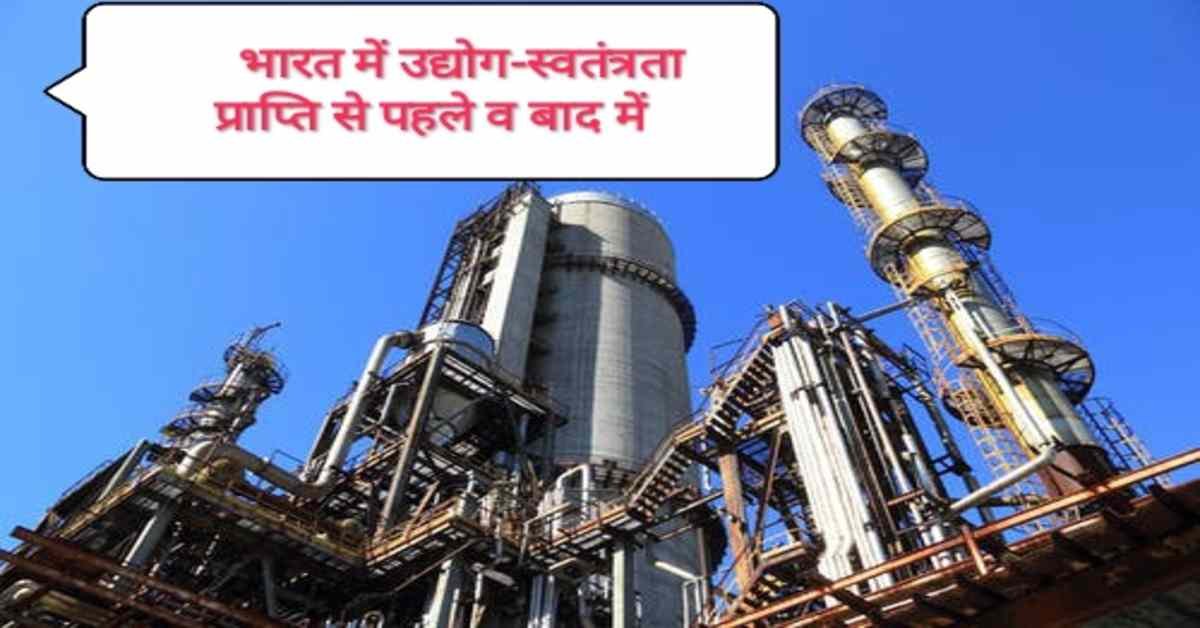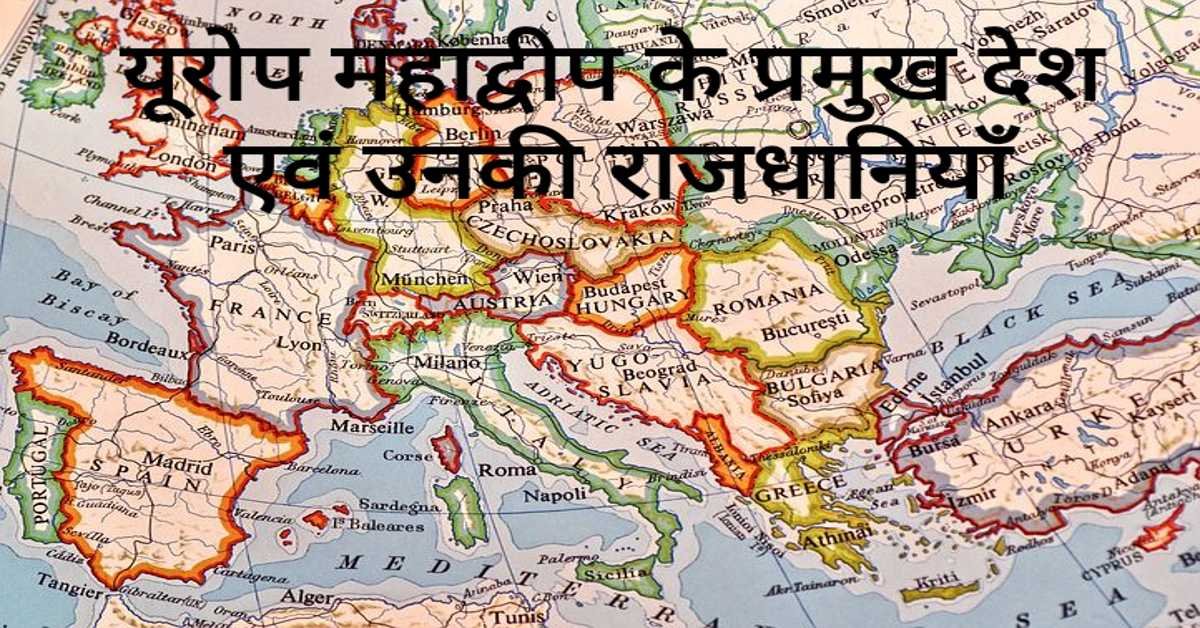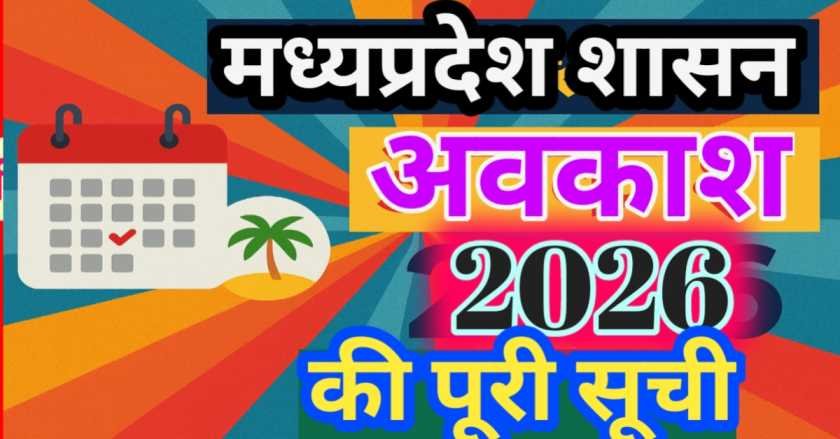
भारत के उद्योग- स्वतंत्रता प्राप्ति से पहले व बाद में | India's Industries - Before and After Independence
वे आर्थिक क्रियाएँ जिसके अंतर्गत वस्तुओं तथा सेवाओं का उत्पादन तथा उनका संवर्धन किया जाता है, 'उद्योग' कहलाते हैं। व्यावहारिक रूप से, जब किसी एक वस्तु के निर्माण के लिए बहुत सी 'फर्म' लगी होती हैं तब ये सभी फर्म मिलकर एक 'उद्योग' का निर्माण करती हैं। उदाहरण- टाटा, मारुति, होंडा आदि ऑटोमोबाइल उद्योग हैं। रिलायंस जिओ, एयरटेल, बीएसएनएल आदि दूरसंचार उद्योग हैं। वर्तमान समय में 'आधुनिक आर्थिक विकास' उद्योगों के विकास के लिए अनिवार्य होता है। उद्योग से अधिक वस्तुएँ उत्पादित होने की वजह से लोगों को कम दामों पर अच्छी गुणवत्ता वाली वस्तुएँ प्राप्त हो जाती हैं। इससे लोगों के जीवन स्तर तथा रहन-सहन के स्तर में सुधार होता है। इससे जीवन में विभिन्न सुविधाएँ उपलब्ध हो जाती हैं।
The economic activities under which goods and services are produced and promoted are called 'industry'. In practice, when many 'firms' are engaged to manufacture a single item, all these firms together form an 'industry'. Examples are Tata, Maruti, Honda etc. Automobile Industry. reliance jio, airtel, bsnl etc are telecom industry. At the present time, 'modern economic development' is essential for the development of industries. Due to the production of more goods from the industry, people get good quality goods at low prices. This improves the standard of living and standard of living of the people. This makes various facilities available in life.
विभिन्न संसाधनों से संबंधित इन 👇 प्रकरणों के बारे में भी जानें।
1. भारत में जल संसाधन
2. भारत में जल परियोजनाएँ
3. भारत में खनिज उत्पादक राज्य
4. भारत में खनिज उत्पाद
5. भारत में परिवहन
6. विश्व की प्रमुख जल संधियाँ
7. भारत के प्रमुख औद्योगिक क्षेत्र
भारत में उद्योगों का विकास (Development of industries in India)-
भारत के औद्योगिक विकास के कालखंड को दो खंडों में वर्गीकृत किया जाता है (The period of industrial development of India is classified into two phases.)-
1. स्वतंत्रता से पूर्व भारत में उद्योगों का विकास (Development of industries in India before independence)
2. स्वतंत्रता प्राप्ति के पश्चात् भारत में उद्योगों का विकास (Development of industries in India after independence)
स्वतंत्रता से पूर्व भारत में उद्योगों का विकास (Development of industries in India before independence)-
प्राचीन समय में भारत में रेशमी वस्त्रों, सूती वस्त्रों, मलमल एवं अन्य कलात्मक वस्तुओं के उद्योग रहे हैं। हमारे उद्योगों की वस्तुएँ विश्व में प्रसिद्ध थी। हमारे भारत में काफी काबिल कारीगर रहते थे, जिनकी कारीगरी विश्व प्रसिद्ध थी। भारत में ब्रिटिश शासन की नीतियों तथा इंग्लैंड में औद्योगिक क्रांति की वजह से भारत के परंपरागत हस्तशिल्प तथा अन्य उद्योगों की वस्तुओं का विनाश होने लगा। इसकी प्रमुख वजह है, ब्रिटेन की मशीन की बनी हुई वस्तुओं के मूल्य, मात्रा तथा गुणवत्ता की तुलना में भारत की वस्तुएँ फीकी पड़ गई।
In ancient times India had industries of silk fabrics, cotton fabrics, muslin and other artistic items. The goods of our industries were world famous. There were very capable artisans in our India, whose workmanship was world famous. Policies of British rule in India and Industrial Revolution in England of India's traditional handicrafts and other industries Destruction of goods started. The main reason for this is that the goods in India have lost compared to the price, quantity and quality of UK machine made goods.
भारत में सबसे पहले सन् 1853 ईस्वी में चारकोल पर आधारित प्रथम 'लौह प्रगलन संयंत्र' स्थापित किया गया, किंतु दुर्भाग्यवश यह असफल रहा। इसके 1 वर्ष पश्चात् सन् 1854 ईस्वी में 'कावसजी नाना बाई डाबर' द्वारा तत्कालीन बॉम्बे (वर्तमान मुंबई) में सूती वस्त्रों की मिल की स्थापना करवाई गई थी। यह प्रयास सफल रहा। इसके 1 वर्ष बाद सन् 1855 ईस्वी में कोलकाता के निकट 'रिशरा' में जूट मिल लगाई गई। इसी के साथ भारत में आधुनिक उद्योगों का विकास हुआ।
First established 'Iron Smelting Plant' based on charcoal in India in 1853 AD It was done, but unfortunately it was unsuccessful. After this 1 year in 1854 AD by 'Kawasji Nana Bai Dabur' in the then Bombay (present Mumbai) cotton clothes b> The mill was established. This effort was successful. After this 1 year in 1855 AD near Kolkata in 'Rishara' a Jute Mill was set up. With this, modern industries developed in India.
स्वतंत्रता प्राप्ति के पश्चात भारत में उद्योगों का विकास (Development of industries in India after independence)-
स्वतंत्रता के समय तक भारत में मुख्य रूप से उपभोक्ता वस्तुएँ के उद्योग ही थे। भारत में इन्हीं से औद्योगिक विकास हो रहा था। इस समय भारतीय उद्योग मुद्रा स्फिति, घटती माँग, आधुनिकीकरण की कमी, पुरानी मशीनें, कच्चे माल की कमी आदि समस्याओं से जूझ रहे थे। फलस्वरुप स्वतंत्रता प्राप्त होने के बाद 'प्रथम औद्योगिक नीति' लाई गई। इसे तत्कालीन केंद्रीय उद्योग मंत्री डॉ. श्यामा प्रसाद मुखर्जी द्वारा 6 अप्रैल 1948 ईस्वी को घोषित किया गया था। इस नीति के अंतर्गत भारत में सार्वजनिक तथा निजी क्षेत्र के रूप में उद्योगों को वर्गीकृत किया गया। इससे एक मिश्रित तथा नियंत्रित अर्थव्यवस्था की नींव पड़ी। इसके पश्चात भारत में 30 अप्रैल सन् 1956 ईस्वी को 'दूसरी औद्योगिक नीति' लायी गई। इसके अंतर्गत उद्योगों को निजी, सार्वजनिक और संयुक्त क्षेत्रों में वर्गीकृत किया गया। इसके अंतर्गत अवशिष्ट उद्योगों को निजी उद्यम हेतु खुला छोड़ दिया गया। तत्कालीन समय में औद्योगिक विकास की गति धीमी थी। बेरोजगारी अधिक, औद्योगिक रुग्णता, महँगाई और विदेशी मुद्रा विनिमय के संकट थे। इन सभी समस्याओं से निजात पाने के लिए सरकार ने 24 जुलाई 1991 को औद्योगिक क्षेत्र में उदारीकरण, निजीकरण तथा वैश्वीकरण की नीति लायी। इसके अंतर्गत उद्योगों की स्थापना में लाइसेंसिंग प्रक्रिया को अधिक सरल बना दिया गया।
Till independence, India was mainly consumer goods 's industry. Industrial development was taking place in India due to this. At this time Indian industry was facing problems like inflation, declining demand, lack of modernization, old machines, shortage of raw material etc. As a result, 'First Industrial Policy' was introduced after independence. It was referred to by the then Union Minister of Industry Dr. It was announced on 6 April 1948 AD by Shyama Prasad Mukherjee . Under this policy, industries in India were classified as public and private sector. This laid the foundation for a mixed and controlled economy. This was followed by the 'Second Industrial Policy' in India on 30 April 1956. Under this, industries were classified into private, public and joint sectors. Under this, residual industries were left open for private enterprise. At that time the pace of industrial development was slow. There were crises of unemployment more, industrial sickness, inflation and foreign currency exchange. To overcome all these problems, the government introduced the policy of Liberalization, Privatization and Globalization in the industrial sector on 24 July 1991. Under this, the licensing process was made more simple in the establishment of industries.
भारत की प्रमुख नदियों के अपवाह तंत्र से संबंधित इन 👇 प्रकरणों के बारे में भी जानें।
1. सिंधु नदी का अपवाह तंत्र
2. गंगा नदी का अपवाह तंत्र
3. हिमालय की प्रमुख नदियों से संबंधित परियोजनाएँ
4. प्रायद्वीपीय भारत की प्रमुख नदियों का अपवाह तंत्र
5. भारत की प्रमुख झीलें
आशा है, यह लेख प्रतियोगिता परीक्षाओं की तैयारी कर रहे परीक्षार्थियों के लिए महत्वपूर्ण एवं उपयोगी होगा।
धन्यवाद।
RF Temre
infosrf.com
संबंधित जानकारी नीचे देखें।
(Watch related information below) 👇🏻

आशा है, उपरोक्त जानकारी उपयोगी एवं महत्वपूर्ण होगी।
(I hope the above information will be useful and important. )
Thank you.
लेखक
(Writer)
infosrf.com



.jpg)




